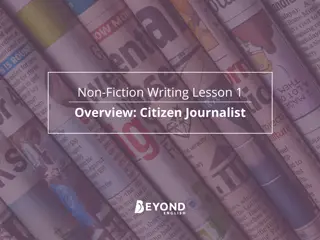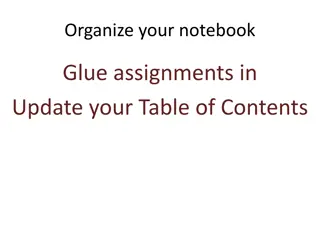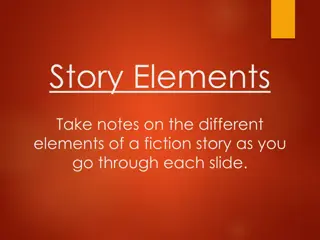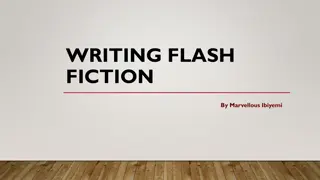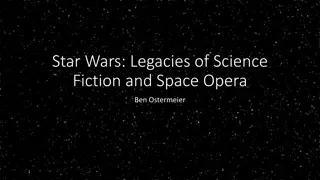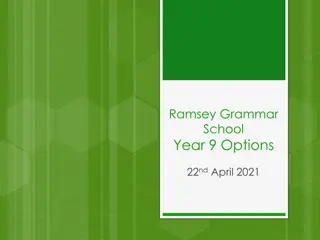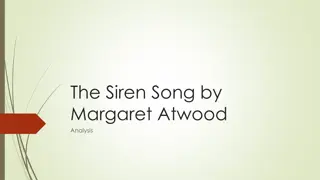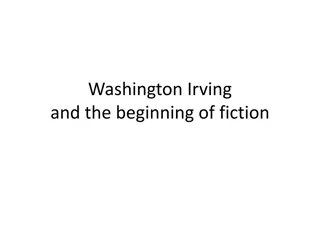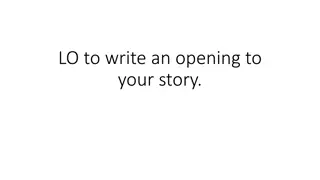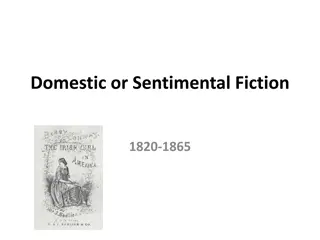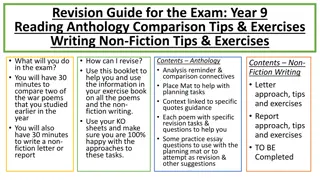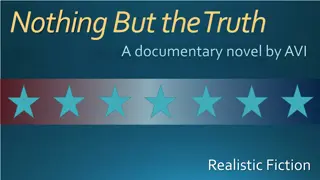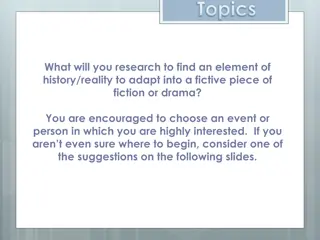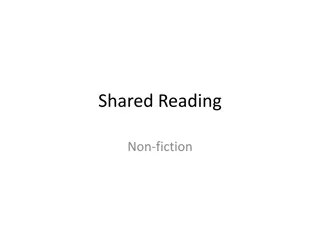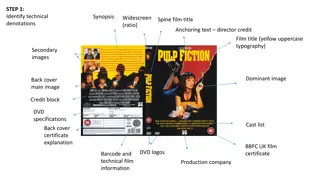How to analyse fiction
This guide explores essential elements of fiction analysis, including plot, theme, setting, characters, point-of-view, and language. Learn to dissect stories, understand deeper meanings, and appreciate literary craftsmanship.
Download Presentation

Please find below an Image/Link to download the presentation.
The content on the website is provided AS IS for your information and personal use only. It may not be sold, licensed, or shared on other websites without obtaining consent from the author.If you encounter any issues during the download, it is possible that the publisher has removed the file from their server.
You are allowed to download the files provided on this website for personal or commercial use, subject to the condition that they are used lawfully. All files are the property of their respective owners.
The content on the website is provided AS IS for your information and personal use only. It may not be sold, licensed, or shared on other websites without obtaining consent from the author.
E N D
Presentation Transcript
1 How to analyse fiction
How to analyse fiction 2 There are 7 terms: 1. Plot 2. Theme 3. Setting 4. Characters 5. Point-of-view 6. Language 7. Dialogue
How to analyse fiction 3 1. Plot: The plot is the event or the action Always a conflict (otherwise the story will fail to interest the reader) Fairytale: home-away-home Action may begin in the middle: medias-res Action may be chronological Ending: open/closed
How to analyse fiction 4 2. Theme: Theme is what the text is about at a deeper level Common themes in literature are: The American Dream Father and Son Identity Growing up
How to analyse fiction 5 3. Setting: Place, time and social circumstances Real world or imaginary world
How to analyse fiction 6 4. Characters: Main character: the protagonist (the hero) Main character: the antagonist (the anti-hero) Flat character: one dimensioned, often stereotyped e.g. lazy Rounded character: complex character
7 5. Point-of-view: Who is telling the story? (the narrator) The narrator is not the same as the author First person: good for creating intimacy, it is like reading someone s diary Third person: less personal tone, narrator is like a camera Third person omniscient: the narrator knows everything about the characters, places, events etc. The unreliable narrator: distorting facts (e.g. a criminal)
How to analyse fiction 8 6. Language: Language can be examined by looking at the following terms: Implicature Telling Showing Denotation/connotation Figurative language (similes/metaphors)
How to analyse fiction 9 Implicature: between the lines/euphemism Telling: colourful language using many adjectives Showing: simple and concise language Denotation: the literal dictionary meaning (horse) Connotation: the personal association people get in their heads when they hear the word Figurative language: Similes: like/as, used to paint a mental picture (she is as mean as a XX) Metaphors: In a metaphor like/as is not used but the comparison is implied (my daughter is a XX)
How to analyse fiction 10 7. Dialogue: A conversation between two or more people, you get a tone of voice in real speech and may be able to judge for instance if a person is happy, ironic, hurt etc. Dialogue brings us close to the characters and their conflicts.
How to analyse fiction 11 Now read XX and analyse the story using the seven terms


